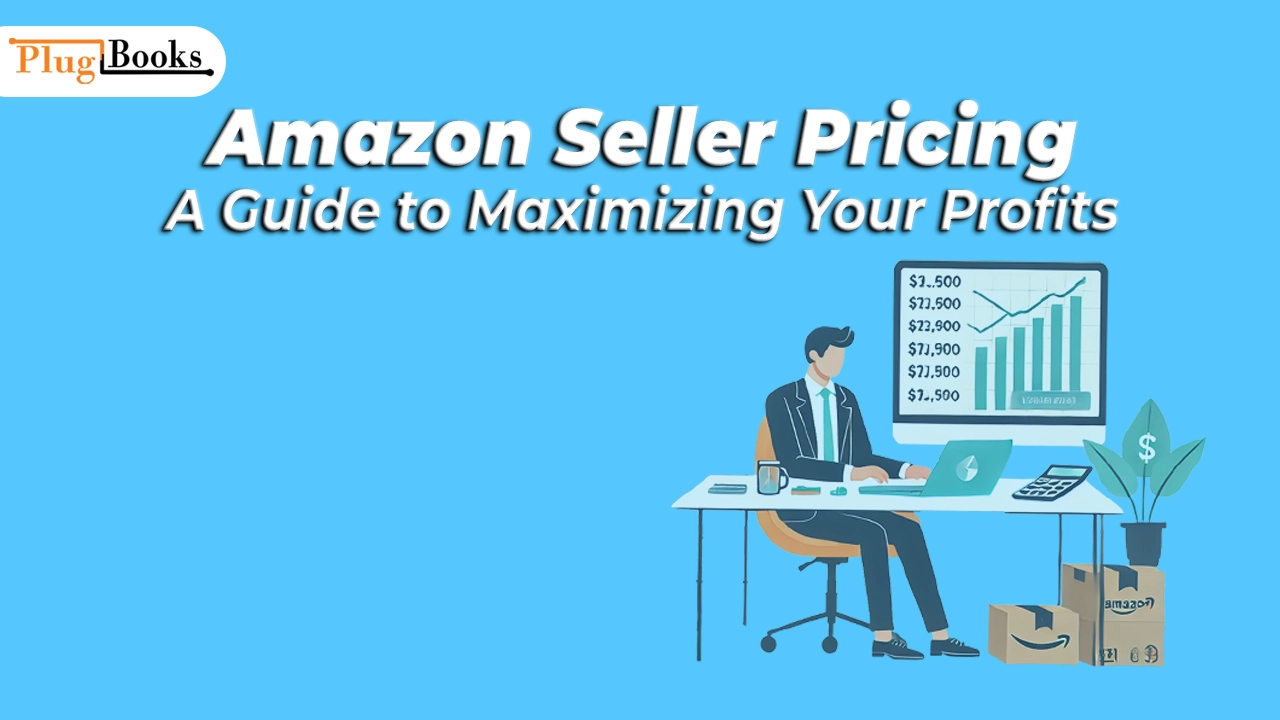When it comes to selling on Amazon, pricing can make or break your success. As an Amazon seller, you’re competing with millions of other sellers, so how do you price your products effectively? This guide will walk you through everything you need to know about Amazon seller pricing—from understanding fees to setting competitive prices and maximizing your profit margins.
Why Amazon Seller Pricing Matters
Pricing your products correctly is essential for three key reasons:
- Winning the Buy Box: Amazon’s Buy Box is where most sales happen. Competitive pricing increases your chances of winning it.
- Customer Trust: Shoppers on Amazon compare prices extensively. If your pricing doesn’t match their expectations, they’ll move on.
- Profitability: The right pricing ensures that you cover costs, including Amazon fees, while still making a healthy profit.
Understand Amazon Seller Fees
Before setting your prices, it’s crucial to understand the various fees Amazon charges. Here’s a breakdown:
1. Referral Fees
Amazon takes a percentage of each sale, usually ranging from 6% to 15%, depending on the product category.
2. Fulfillment Fees (FBA)
If you use Amazon’s Fulfilled by Amazon (FBA) service, you’ll pay for storage, picking, packing, and shipping. These fees vary based on your product’s size and weight.
3. Subscription Fees
Professional sellers pay a monthly subscription fee of $39.99, while individual sellers pay $0.99 per item sold.
4. Other Costs
Be mindful of inventory storage fees, advertising costs, and potential long-term storage charges.
How to Set the Right Amazon Seller Pricing
1. Research Your Competitors
Start by analyzing the prices of similar products. Tools like Helium 10 or Jungle Scout can help you identify pricing trends and the competition’s strategies.
2. Factor in All Costs
Calculate your total costs, including product sourcing, Amazon fees, and shipping. Use these to determine your minimum viable price.
3. Test Dynamic Pricing
Dynamic pricing tools automatically adjust your prices based on demand, competition, and other factors. This ensures you stay competitive without manual intervention.
4. Offer Bundles and Discounts
Creating bundles or running limited-time discounts can make your listings more appealing without drastically reducing your profit margins.
Tips to Stay Competitive
- Optimize Your Listings: High-quality images, clear product descriptions, and relevant keywords can justify a higher price.
- Leverage Amazon Advertising: Sponsored ads can boost visibility and help you stand out, even with slightly higher prices.
- Monitor Performance: Regularly review your sales data and adjust pricing strategies as needed.
Common Mistakes to Avoid
- Ignoring Fees: Underestimating Amazon fees can lead to losses.
- Pricing Too Low: While competitive pricing is essential, pricing too low can erode your profits.
- Neglecting Reviews: Poor product reviews can hurt sales regardless of your pricing strategy.
Final Thoughts
Mastering Amazon seller pricing is both an art and a science. By understanding fees, researching competitors, and using tools to optimize your strategy, you can stay ahead in the competitive Amazon marketplace. Remember, the goal isn’t just to sell—it’s to sell profitably.
For more tips and insights on Amazon selling, visit Plugbooks.io and explore our resources to streamline your e-commerce journey!





Boost Your Amazon Sales With This Free Guide, Follow The Link.